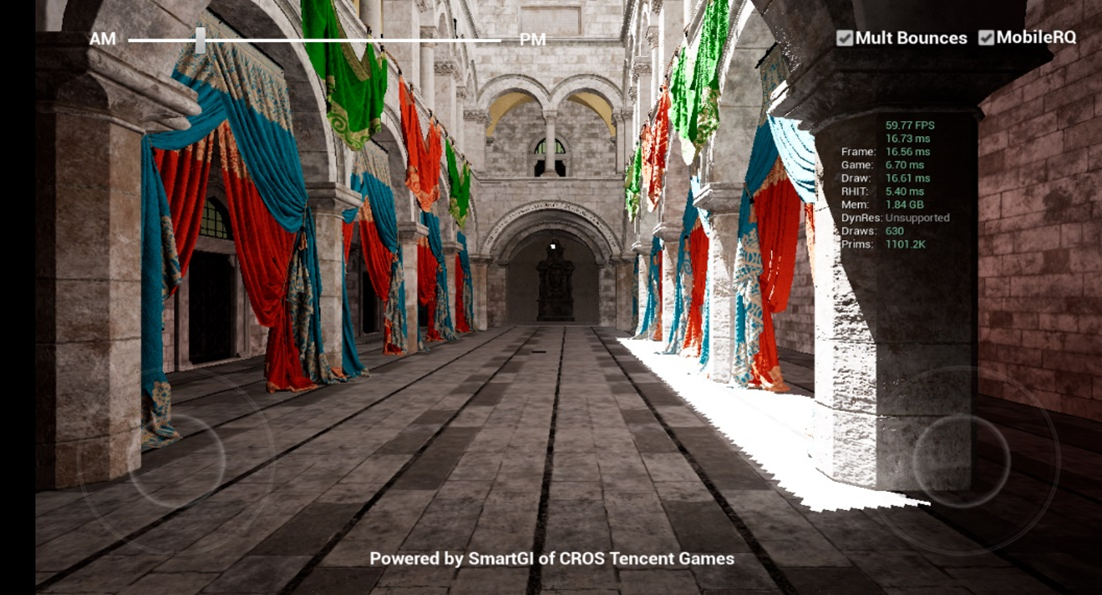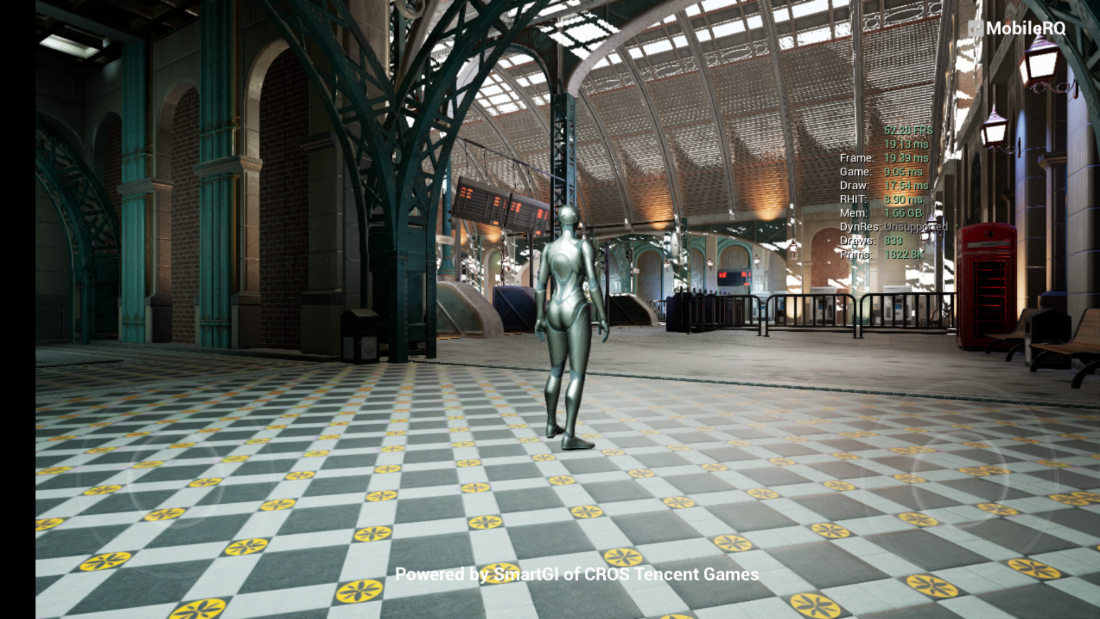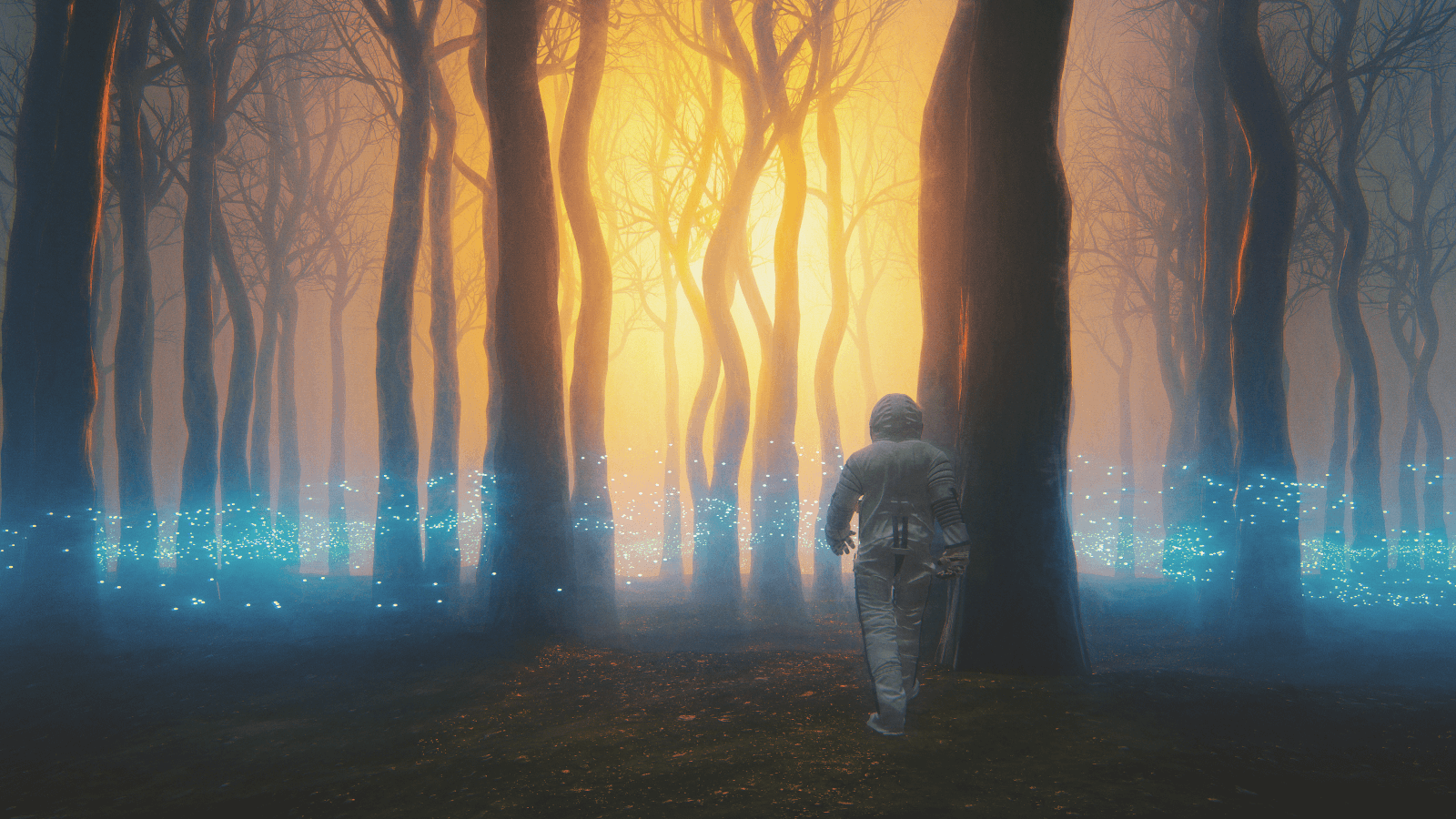With all respect to MVG he is wrong about backwards compatibility. He is going off of an appeal to authority fallacy. SciresM said it won't work because the drivers are part of the software package. Instead of fact checking he's taking SciresM word for it. If you actually research it and start to understand the UDA you learn that the drivers being part of the software package doesn't really matter. The UDA works in such a way that it has unified instructions and microcode and so on meant specifically to make these issue not an issue at all. You don't need to update the drivers. The UDA will handle that stuff, almost like it was made for that purpose...
Here() is a twitter thread where I shared various proofs that the UDA is an integral core component of Nvidia's hardware AND software architecture. There is no reason to assume or believe that the UDA would have been removed from the Tegra SoCs. It has been a core component of Nvidia's architecture for 20 years or so. It's in the microcode, the hardware, and drivers. It would be more difficult to remove than it would be worth. They would need to redesign almost everything to account for it being missing. Ffs it uses unified instructions sets for the purpose of not having compatibility issues.
The UDA uses a unified instruction set across all Nvidia hardware and drivers. This means that a lot of the potential issues are already mitigated. Newer instructions would not be able to be used by older hardware. But obviously part of the UDA is to give a process for older hardware to know how to handle instructions that are too new. How it specifically does that I haven't gone deep with. The point is that Nvidia figured this all out some 20 years ago and they're ahead of MVG and all of us.
Basically backwards compatibility should be guaranteed. If Nintendo doesn't allow it's because of greed reasons, not technical reasons. Forwards compatibility though, is not guaranteed. That becomes trickier. It really depends on Nintendo and devs there. Odds are we will be able to play OG Switch games on the New Switch/Switch Home* but new games won't be playable on the OG Switch models using X1. It will take a lot more work from Nintendo and devs to have new games work on the older console. But then again there's also advantages to it. That factor truly depends on Nintendo's decisions and thinking.
Having old games work on the new Switch is much easier than making new games run on all models. Devs need to do extra work regardless of what Nintendo does. Even if Nintendo allows forwards compatibility in a technical sense. It is very possible that devs won't put the extra work in to make it happen. With the UDA backwards compatibility should require only precompiled shaders to be available. And that's relatively easy and simple.
*It is my personal speculation that Nintendo will drop a dedicated home console that pairs with existing Switches. The Switch will work like a Wii U tablet when paired with the Switch Home. This is based on only my personal intuition and observing how Nintendo behaves. It feels like a very Nintendo thing to do to me. This would be in addition to a New Switch(Super Switch?) portable/hybrid model. This way they can sell people a dedicated and more powerful home console, keep it in the "Switch Family" to pad those sales numbers, and not invalidate the concept & existence of hybrid/portable Switches. But that's a whole different discussion...
Images:
Source: http://docplayer.net/63348968-Technical-brief-quadro-vs-geforce-gpus-features-and-benefits.html

Source: https://patents.google.com/patent/US8154554B1/en

Source: https://patents.google.com/patent/US8154554B1/en

Here() is a twitter thread where I shared various proofs that the UDA is an integral core component of Nvidia's hardware AND software architecture. There is no reason to assume or believe that the UDA would have been removed from the Tegra SoCs. It has been a core component of Nvidia's architecture for 20 years or so. It's in the microcode, the hardware, and drivers. It would be more difficult to remove than it would be worth. They would need to redesign almost everything to account for it being missing. Ffs it uses unified instructions sets for the purpose of not having compatibility issues.
The UDA uses a unified instruction set across all Nvidia hardware and drivers. This means that a lot of the potential issues are already mitigated. Newer instructions would not be able to be used by older hardware. But obviously part of the UDA is to give a process for older hardware to know how to handle instructions that are too new. How it specifically does that I haven't gone deep with. The point is that Nvidia figured this all out some 20 years ago and they're ahead of MVG and all of us.
Basically backwards compatibility should be guaranteed. If Nintendo doesn't allow it's because of greed reasons, not technical reasons. Forwards compatibility though, is not guaranteed. That becomes trickier. It really depends on Nintendo and devs there. Odds are we will be able to play OG Switch games on the New Switch/Switch Home* but new games won't be playable on the OG Switch models using X1. It will take a lot more work from Nintendo and devs to have new games work on the older console. But then again there's also advantages to it. That factor truly depends on Nintendo's decisions and thinking.
Having old games work on the new Switch is much easier than making new games run on all models. Devs need to do extra work regardless of what Nintendo does. Even if Nintendo allows forwards compatibility in a technical sense. It is very possible that devs won't put the extra work in to make it happen. With the UDA backwards compatibility should require only precompiled shaders to be available. And that's relatively easy and simple.
*It is my personal speculation that Nintendo will drop a dedicated home console that pairs with existing Switches. The Switch will work like a Wii U tablet when paired with the Switch Home. This is based on only my personal intuition and observing how Nintendo behaves. It feels like a very Nintendo thing to do to me. This would be in addition to a New Switch(Super Switch?) portable/hybrid model. This way they can sell people a dedicated and more powerful home console, keep it in the "Switch Family" to pad those sales numbers, and not invalidate the concept & existence of hybrid/portable Switches. But that's a whole different discussion...
Images:
Source: http://docplayer.net/63348968-Technical-brief-quadro-vs-geforce-gpus-features-and-benefits.html

Source: https://patents.google.com/patent/US8154554B1/en

Source: https://patents.google.com/patent/US8154554B1/en







